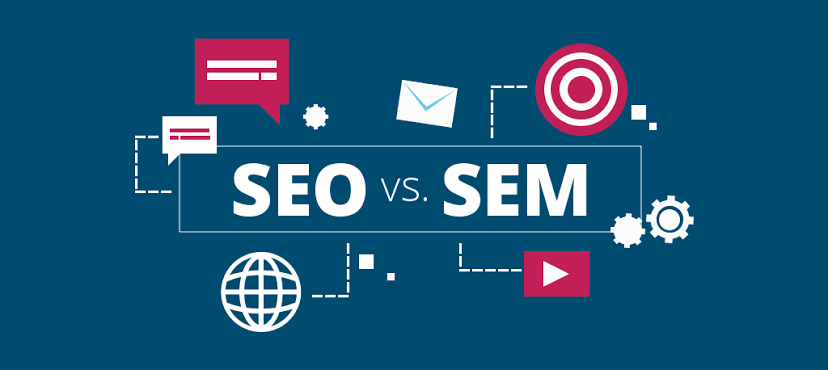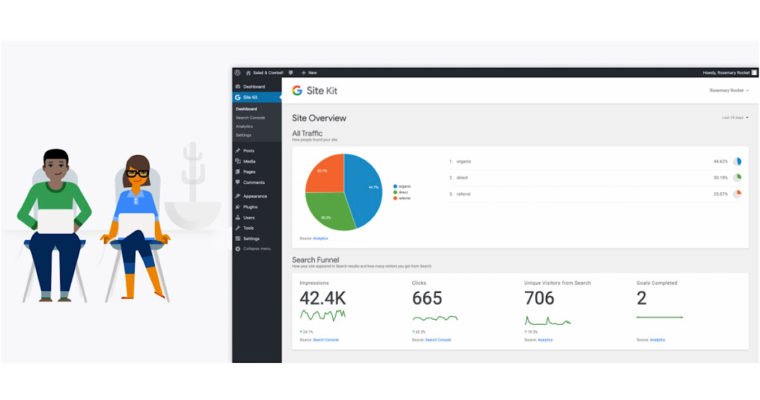
Has it ever occurred to you that SEO is quite broad and there are different aspects of SEO? If you have, then this article is for you but if you haven’t, continue reading and you’d understand better. Now think of Search Engine Optimization (SEO) as the special recipe that makes your website look good to search engines. Imagine how a dish seasoned just right gets noticed by food experts. Similarly, a well-optimized website stands out in the big online world. Let’s explain SEO in a nutshell;
What is SEO?
Think of the internet as a huge library with lots of books (websites) on its shelves. When you type something in Google, it’s like asking for a certain book from the library. Google’s job is to find the right books (websites) that match what you want. This is where SEO comes in. SEO is like giving your book (website) a special tag that makes it easier for the library (search engine) to find.
However, search engines have special rules they use to decide which books (websites) are the best matches. Additionally, SEO helps your website follow those rules, so it gets noticed more and appears higher up in the library’s list of books (search results).

What are the three main aspects of SEO?
There are various aspects of SEO but the three main aspects of SEO remains: Content, Keywords and Structure.
Content
High-quality content is not only informative but also engaging and relevant to your target audience. Therefore, it should provide value, answer questions, and offer solutions. Besides, when search engines crawl your website, they’re like curious readers looking for valuable insights. The more relevant your content is to a particular topic, the more likely it is to be ranked higher in search results. Moreover, this is where the magic of keywords comes into play.
Keywords
They are the words and phrases people type into search engines to find what they’re looking for. Therefore, integrating the right keywords into your content helps search engines understand the relevance of your page. However, understand that when it comes to keywords, moderation is key. Stuffing your content with too many keywords, known as “keyword stuffing,” can harm your rankings. Instead, focus on using keywords naturally in your headings, subheadings, and throughout your content. This way, search engines will recognize the context and purpose of your website.
Structure

A well-structured website helps both visitors and search engines navigate your content seamlessly. Therefore, your website’s structure should be intuitive and user-friendly. This means having clear and descriptive navigation menus, organized categories, and logical URL structures. When your website is easy to navigate, visitors will spend more time exploring, which can lower your bounce rate and improve your search engine rankings.
Putting it all Together
Now that we’ve explained the three big parts of SEO—Content, Keywords, and Structure, it’s time to use what you’ve learned. Just remember, SEO takes time, so keep trying and don’t give up.
•Craft high-quality content that speaks to your audience’s needs and interests.
•Integrate relevant keywords naturally to help search engines understand your content’s context.
•Build a user-friendly website structure that encourages visitors to explore. Remember, every improvement you make to your website’s SEO is a step towards better visibility, credibility, and growth.
The Way Forward with SEO
If you’re feeling overwhelmed or don’t know where to start, remember that you don’t have to go it alone. At Albanny Technologies, we specialize in helping businesses like yours optimize their online presence. Our team of experts can guide you through the ins and outs of SEO, ensuring that your website not only meets the standards of search engines but also resonates with your target audience.














